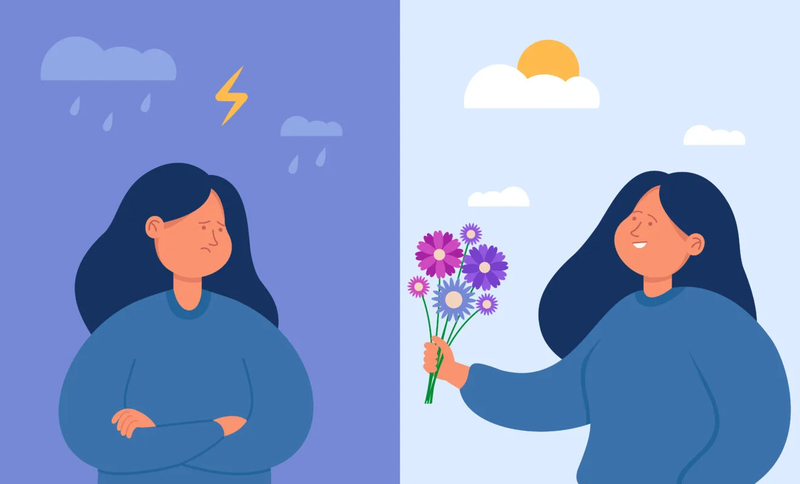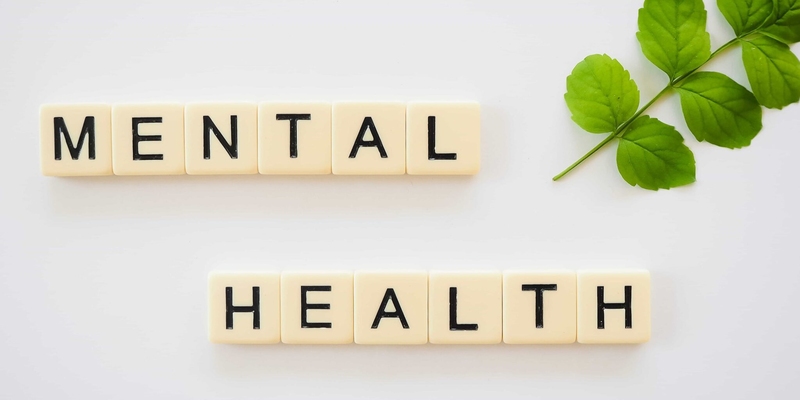Exposure to light is a very important element for the health of humans. Many studies have been done about this, especially looking at how it affects our mental state. Sunlight and other natural light are key in controlling our body's timing and affecting how we feel. Research shows that if we don't get enough exposure to light, it can cause different types of problems with mental health like mood conditions or seasonal affective disorder (SAD). This article is going to examine the link between exposure to light and mental health, with a focus on the scientific facts that surround this crucial subject.

Seasonal affective disorder is a kind of depression that usually happens in the fall and winter months when there are fewer hours of daylight. Studies have proven that people with this condition undergo major shifts in mood related to less light exposure. It's believed its cause comes from disturbances in ones circadian rhythms, which control things like sleep-wake cycles, hormone secretion, along other vital body processes. When it is colder, people get less sunlight. This may cause serotonin levels to go down - this chemical in the brain helps us feel happy and good about ourselves. Knowing about SAD shows how being exposed to light can help keep our minds healthy and steady.
Sunlight is a natural provider of vitamin D. This has been linked with many health advantages, such as better mood and thinking abilities. Our skin creates vitamin D when it gets sunlight exposure, which plays an important role in different body functions. If we have low amounts of this essential nutrient, the chances of experiencing conditions like depression or anxiety can become higher. Also, having more contact with natural light aids in controlling the production of melatonin. This hormone has a big impact on how we sleep. Good sleep is very important for our brain health and without light, it can affect normal sleeping patterns which could result in more stress and tiredness. So, being exposed to sunlight plays an important part in promoting good mental health.
Light therapy has come up as a good treatment choice for people who suffer from seasonal affective disorder and some other mood-related problems. This kind of therapy is about being exposed to bright fake light, which looks like real sunlight. It helps reduce the signs of depression and makes overall mood better. Light therapy functions by impacting the bodys inner clock and brings back balance to disrupted circadian rhythms due to changes in seasons. Studies have demonstrated that light therapy can boost mood and energy levels, making it a good choice for people suffering from SAD or those feeling depressed during less bright months. An increasing amount of evidence backs up the use of light therapy as a secure and efficient method to enhance mental health.

Even though sunlight is very important for the mind's health, man-made light also plays a big part in our day-to-day life. A lot of people stay inside for long periods and are more exposed to this kind of lighting instead of natural sun rays. Studies indicate that too much exposure to artificial light, especially blue light coming from screens, can harm mental health. The exposure might cause changes in sleep habits and raise stress or worry levels. Also, using screens too much can lessen physical activity leading to a non-active lifestyle that is harmful for both body and mind health. It's very important to make a balance between natural light exposure and artificial one to keep the best well-being condition.
Light exposure is very important for mental health, so people can follow different methods to get more sunlight. When the day is sunny, going outside and staying there for some time can help improve mood and overall happiness in a big way. Doing easy activities like walking, doing exercise or even gardening can assist people in getting natural light. People living in regions with less sunlight throughout winter can find light therapy lamps useful. These types of lamps imitate natural sunshine and provide advantages that mimic being outside under the sun. Plus, modifying indoor lights to have brighter bulbs and making sure there's access to daylight through windows will increase overall exposure to light which can lead to improved mental wellbeing.
In conclusion, the study emphasizes how crucial light exposure is to maintaining mental health. Seasonal affective disorder underlines harmful effects when sunlight decreases at specific times throughout the year. It highlights how essential sufficient light is for mood management. Getting exposed to sunlight plays a vital role in making vitamin D and controlling circadian rhythms while treating with light proves successful for mood disorders. To comprehend the impacts of artificial light on well-being, it is more important to have a balanced exposure to light. Applying useful strategies for increasing light exposure can help people affect their mental health and overall life quality positively.

By Pamela Andrew/Oct 13, 2024

By Sid Leonard/Oct 10, 2024

By Elena Davis/Oct 17, 2024

By Vicky Louisa/Oct 08, 2024

By Susan Kelly/Oct 08, 2024

By Korin Kashtan/Oct 15, 2024

By Martina Wlison/Sep 20, 2024

By Juliana Daniel/Sep 27, 2024

By Madison Evans/Sep 20, 2024

By Maurice Oliver/Oct 15, 2024

By Mason Garvey/Oct 16, 2024

By Alison Perry/Sep 20, 2024